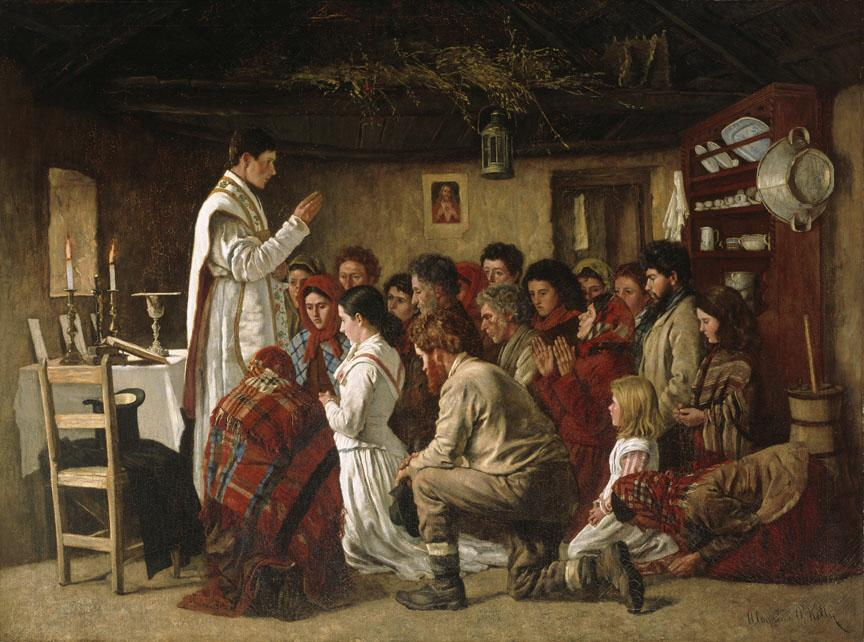Every society changes and develops over time, and the effects of these changes emerge gradually, creating the concept of “generation”. These changes often provide mental enlightenment and push people to question some kind of stuff in their lives. The most important reasons for the change are the media’s influence on young people, the use of religion as a political power, and easier access to resources.
One of the philosophers who thought and wrote about the effects of religion is Heraclitus. Formation and change also have an important place in Heraclitus’ philosophy of “dynamism”; Heraclitus argues that there is a constant change in the universe and that society is in a state of transformation. According to Aristotle, the most characteristic aspect of Heraclitus’s teaching is the doctrine that “everything flows” and accordingly “everything in existence is in a constant state of change”. According to Heraclitus, in nature, there is no continuity but a conflict of opposites. As a result of change, objects transform into their opposites and opposites transform back into their opposites, and this cycle continues in this way. The unity of opposites, that is, the fact that all processes and concepts come together in the final analysis and form an absolute unity, and that there is no opposition that does not form a single unity, is one of the most comprehensive laws of dialectics. The first source of Heraclitus’s access to dialectical thought was nature.
Religion is seen as an effective system that is important for the continuity of social order. When we look at the dictionary, religion appears as “a social institution that systematizes beliefs and worship in God, supernatural powers, and various sacred beings” or, in other words, “a thought that is believed in and adhered to”. The concept of God or an absolute power has often been sought “in the sky” since the past. This infinitely wise power, which sends rain to bring fertility to the fields and sends lightning to those who break its rules, checks whether the tribe complies with its moral rules and rituals. For a primitive person, looking at the sky means enlightenment because the sky is so infinite and transcendent that it cannot be reached. “Baiame” is the supreme god of the tribes living in the south-east of Australia, he lives in the sky, next to a stream. It’s sound is created by lightning, and it nourishes the crops with it’s rain. The belief in the “Sky God” is also adopted in the Central Asian Turkish communities, and the name of this supreme god, “tengri”, means “sky”. For Asian and Central Asian societies, the sky god is so distant that he does not care about what people do. However, in Central Asian society, rulers support their authority with religion, claiming that they receive their power from the “sky god”, the understanding that the people in power in the Turkish states believe that this duty has been given to them by god is called the “kut understanding” and similar examples can be seen in Ancient Egypt and even today. In Greek mythology, Zeus, in addition to being a ruler, retains the status of “father” compared to other sky gods.
With the emergence of major religions, the perception of religion has taken on various forms, and with Christianity, the concept of “father”, “son” and “holy spirit” has emerged. With the correct version of the Bible being hung on the church by Martin Luther, a reform movement began in Germany and the scholastic thought of the period started to weaken. With the influence of the “Protestantism” sect that emerged with this religious reform, conflicts between sects began, that is, the phenomenon of religion began to be used as a reason for war at various times and in various ways. But according to Jacques Le Goff, between the end of the 15th and the end of the 18th century, thinkers developed a sense that the plunge into darkness represented by the Middle Ages was accompanied by a serious decline in rational thought, which was replaced by the miraculous, the supernatural, and the irrational. However, for the majority of the clergy of the Middle Ages, just like the educational system in force in universities and schools, the reference point was reason, or more accurately, “ratio” in its two senses: orderly thought and calculation. In theology, reason stands against authority, but it is true that the overly formalistic notion of reason in the Middle Ages created obstacles to the development of scientific reason, obstacles that would eventually be eliminated by the Renaissance.
As religion became increasingly intertwined with society and state affairs, various religious communities emerged, and some of these communities had a significant say in the administration. The fact that religion is reflected differently and used in sects and communities has led to people moving away from religion and learning the religion incorrectly. Especially in the 17th century, the Ottoman Empire had to monitor religious orders and close some of them down because religious groups wanted to organize with the military and interfere with the administration. With the advent of the “Secular State” concept, religion and state affairs were separated, and it was decided that the state would not have an official religion.
Today, it is seen that the influence of religion is gradually decreasing and the number of non-believers is increasing. The ease of access to information with the development of technology has made it possible for people to learn about religion not only from their families but also by researching from different sources. The Age of Enlightenment created by the printing press in Europe has found its counterpart in the modern world as the internet. In a world where technology and rationalism are active, religions have generally continued to exist as a social order that controls the morality of society. In addition, people began to interfere less with each other’s beliefs, allowing religion to become more personal and liberated. However, the failure of religions to provide a modern life in some areas, especially for young people, has caused the understanding of religion to change and become secularized, revealing the need for religious systems to adapt to the 21st century world. As I wrote at the start, a lot of social themes including the religion is about a cycle of the opposites. So we don’t yet how will the impiety of our epoch evolve in future. Perhaps there will be more impiety or less but we know that two cases will complete the cycle of humanity in different manners.
BIBLIOGRAPHY
Eliade, M.Gök: Gök tanrıları göksel simgeler ve ayinler. In Dinler tarihine giriş (II).
Retrieved from https://www.academia.edu/9233644/Dinler_Tarihine_Giri%C5%9F
Le Goff, J. (2016). Ortaçağ’ın “Karanlık Çağ” haline gelişi”. Çetinkasap D. (Ed.). Tarihi dönemlere ayırmak şart mıdır? (pp .55-57). İstanbul: İş Bankası Kültür Yayınları.
Balkan, H. Diyalektik Materyalizm. Retrieved fromhttps://www.tkp-online.org/?q=content/diyalektikmateryalizm#:~:text=Diyalekti%C4%9Fin%20en%20genel%20ve%20en,bir%20birlik%20olu%C5%9Fturmayan%20kar%C5%9F%C4%B1tl%C4%B1k%20yoktur.
Türkçe Sözlük/ haz.: Şükrü Haluk Akalın… [ve başk.].-11. bsk.- Ankara: Türk Dil Kurumu, 2011.
Usta N. (2019). Herakleitos’ta logos ve devinizim. (Yayımlanmış yüksek lisans tezi). Iğdır Üniversitesi Sosyal Bilimler Enstitüsü Felsefe ve Din Bilimleri Anabilim Dalı, Iğdır
Kut anlayışı. (2024, Kasım 2). In Wikipedia. https://tr.wikipedia.org/wiki/Kut_(mitoloji)#:~:text=Kut%20inanc%C4%B1%2C%20T%C3%BCrk%20devletlerinde%20ba%C5%9Fta,ona%20%E2%80%9Ckut%E2%80%9D%20vermesi%20gerekir.
PHOTOGRAPH
Mass in a Connemara Cabin – Aloysius O’Kelly (1883)


